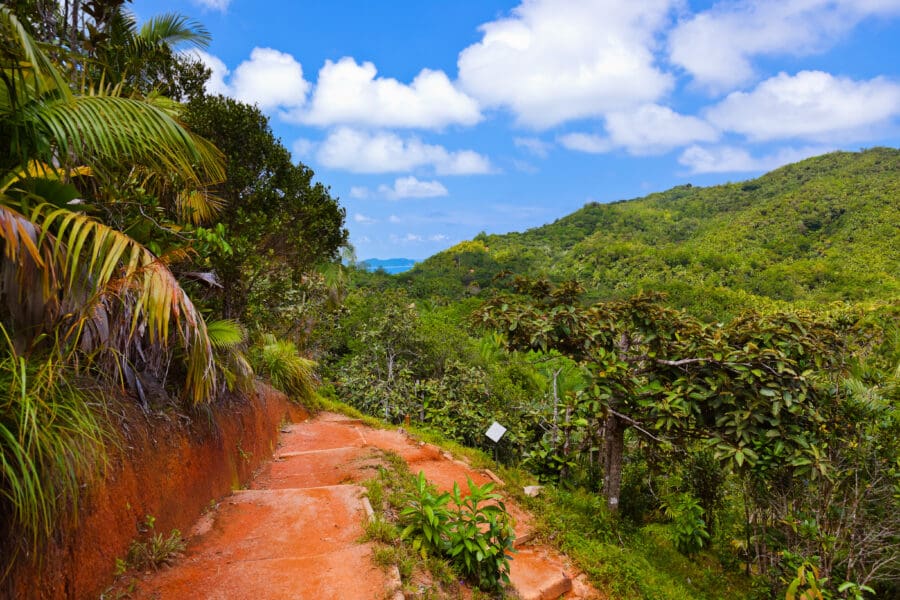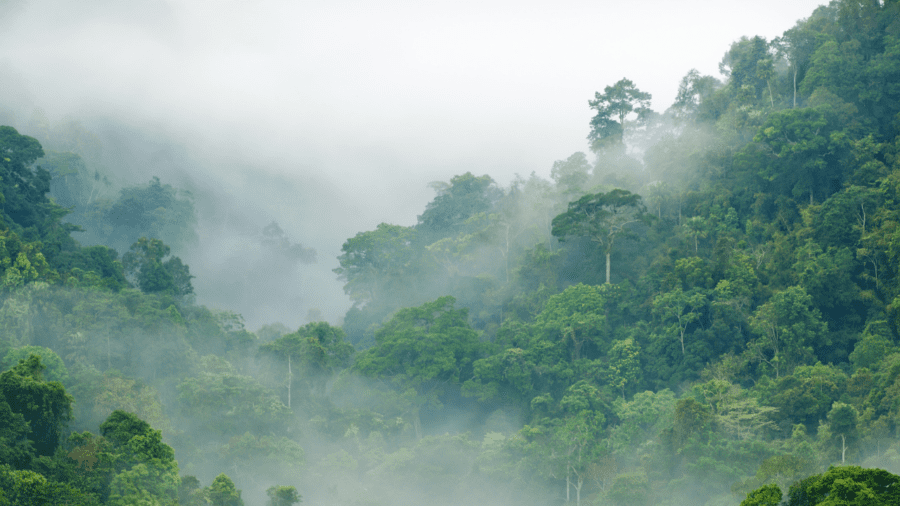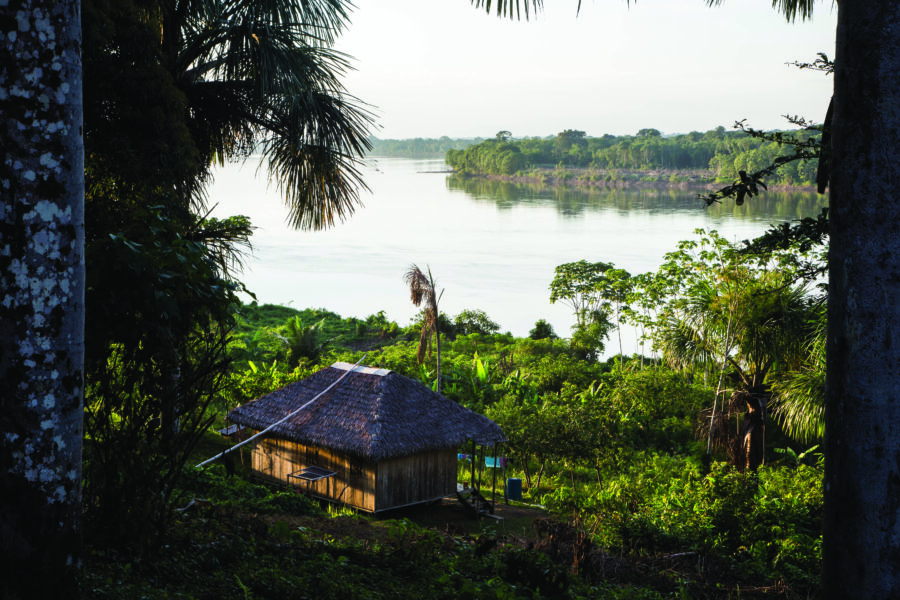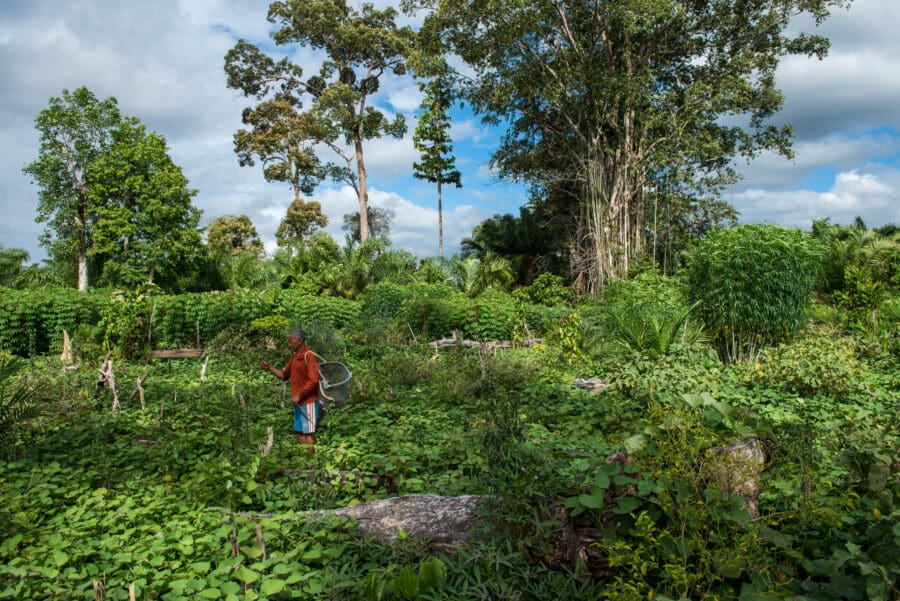Research in 15 tropical countries, published in Nature Climate Change on November 23, reveals that forests in Africa, Asia, and Latin America in the hands of rural and Indigenous Peoples are associated with improved outcomes for carbon storage, biodiversity, and rural well-being.
A new study published today in Nature Climate Change reveals that forests formally managed by Indigenous Peoples and local communities have improved outcomes for carbon, biodiversity, and livelihoods, simultaneously addressing three goals sought by global proposals for ‘nature-based solutions’ that will be decided on at COP28 in Dubai.
Led by Harry Fischer from the Swedish University of Agricultural Sciences, the research team sheds light on a solution for addressing the twin crises of climate change and biodiversity loss, which have resulted in a rapidly growing focus on forest conservation and restoration.
“Our work shows that as global investments in restoration grow, one of the best things we can do is to ensure that Indigenous and local communities have formal rights and substantive influence on management decisions,” said Fischer. “General calls for participation in project planning are not enough. There is a need for more empowered local governance over longer time horizons and a substantive role for communities in formulating management rules.”
Using data collected through the International Forestry Resources and Institutions (IFRI) research network, Fischer and his co-authors compared 314 forest patches used and managed by local peoples in 15 tropical countries. Their goal was to identify what the best examples had in common. For each site, they analyzed tree species richness (a proxy for biodiversity), carbon sequestered in above-ground biomass, and rural livelihood contributions.
“Such human-dominated forest landscapes are integral to rural livelihoods, incomes, and well-being, and they often play a critical role in helping households respond to climate change stressors,” said Fischer.
“The new research supports calls for securing tenure for Indigenous Peoples and local communities as a strategy for overcoming obstacles now threatening forest restoration projects. These include challenges in reaching carbon goals, as well as ensuring sustainability and protecting livelihoods over time.”
“Policies aimed at conserving forests and restoring degraded and deforested lands include proposals for nature-based solutions that can mitigate climate change emissions and ambitious targets for a global expansion of protected areas,” added Fischer. “Such policies frequently target rural tropical landscapes, but many forests in these contexts also have substantial human presence, including an estimated 1.8 billion people that live on lands needed to sustain key biodiversity goals globally.”
The authors of the new paper stress their work does not prove cause and that diverse socioeconomic and policy factors matter.
“But when we see this association across a sample of forests in 15 tropical countries in South America, Africa, and Asia, it is powerful. Something is happening there,” said Fischer. “Our findings suggest that governance reforms can play a significant role in supporting both human and environmental goals in forested rural landscapes of the Global South.”
Governance by Indigenous and rural communities is a better bet than tree planting alone
Interestingly, the researchers did not find positive associations with another common forest restoration strategy: tree planting.
“This is likely because rural and indigenous peoples often rely significantly on forests for their well-being,” said Fischer. “They use forests for food, income, and culture, and many have been managing local forests sustainably for a very long time.
“Compared to government officials, they often have better knowledge of local contexts, and they are better able to devise locally appropriate use rules. Policies that give local people power over forest management help to ensure that they have the opportunity to do what they already do well.”
The new findings are being released as UN climate negotiators prepare to travel to Dubai to hammer out an agreement for implementing ‘nature-based’ and other solutions to address the climate crisis. The UNFCCC released its first global stocktake to summarize progress in reaching the Paris climate goals while identifying next steps. But the authors of the global stocktake stopped short of advocating for land rights and for a central role for Indigenous Peoples in designing and implementing ‘nature-based solutions.’
Despite a significant body of research (here, here and here) supporting such a role for Indigenous Peoples and local communities, new evidence suggests national governments have been slow to include communities in their plans for meeting climate and biodiversity goals.
Most recently, an analysis of 27 national plans for achieving biodiversity targets reported that only one-third of the assessed plans seek to strengthen the rights of Indigenous Peoples and local communities, and none of the plans included safeguards to protect communities affected by the expansion of protected areas, part of a global initiative meant to cover at least 30 percent of land and sea worldwide by 2030. The study includes Brazil, Indonesia, and the Democratic Republic of Congo, covering three of the planet’s most biodiverse and extensive rainforests.
“If governments continue on the same path they have taken up till now, I don’t see a realistic chance of the 2030 targets being met,” said Darragh Conway, co-author of the report and lead legal consultant for Climate Focus. “So, we need a radical shift. And from what we are seeing so far in countries that are already updating their plans, there are still major challenges in achieving that shift.”







